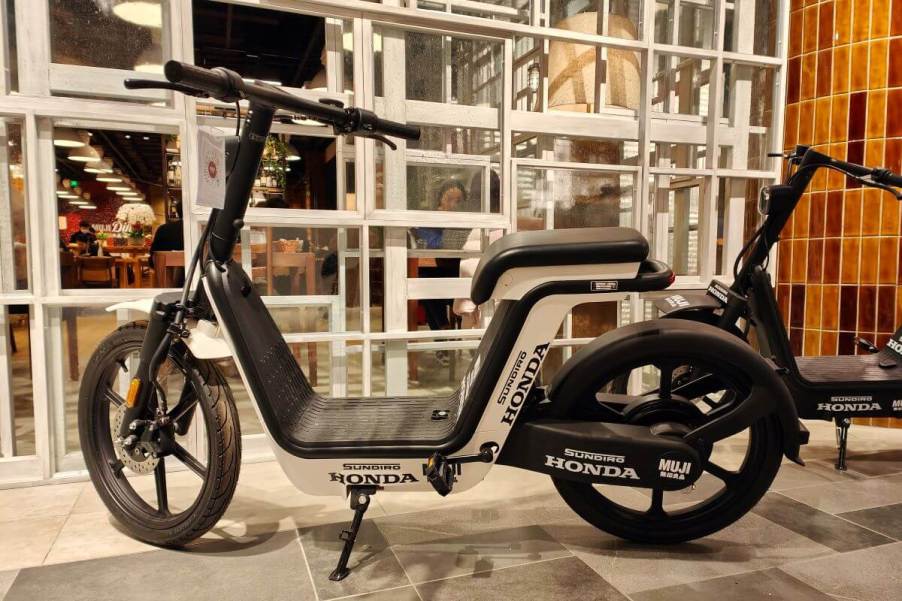
E-Bikes in the U.S. Can Legally Only Have 1 Horsepower
Throughout the globe, bicycles have long been a convenient and available form of transportation. Many countries and states even boast impressive infrastructure supporting bike travel above motor vehicle use. As an offshoot of riding bicycles, electric bikes (or e-bikes) use is also an expanding option.
While an e-bike carries advantages over its conventional solely manual counterpart, in the U.S., bikes are greatly underpowered when compared to a car or EV. In fact, e-bikes are legally limited to just about 1 horsepower max, even if most cyclists will never need more than that.
What types of e-bikes are there?
In the U.S., for many states, electric bikes fall under three different classes, Himiway explains. The Class 1 bicycle yields an assisted max speed of 20 mph using pedal assistance only. Next on the list is Class 2, which carries the possible throttle assist and a max speed of also 20 mph of motor-powered speed. Lastly, Class 3 e-bikes can generate higher speeds with a max of 28 mph due to the pedal assistance in conjunction with the motor.
As Bosch breaks down, over 30 states in the U.S. follow the 3-class system for e-bikes. Adopting this system is a step toward eliminating confusion over e-bike use and regulation. In other states, there is still no regulation or ambiguity regarding the usage of electric bikes.
If you are wondering what kind of e-bike to purchase, look at laws in your area to help find what works best for you and those requirements if they exist.
The U.S. law mandating e-bike horsepower
Under U.S. code, the motor of an electric bicycle must be under 750 watts, which is about 1 horsepower. Now, the whole conversation about the distinction between energy use and power output, is another story, Electric Bike Review breaks down.
Basically, when we see that permitted 750 watts or 1 horsepower figure, that is talking about the energy rate and not necessarily the mechanical power produced by the motor. In other words, you may not be drawing that peak performance from your e-bike. This is much in the same way that car performance output figures often reflect certain circumstances like a closed course, professional driver, highway speeds, etc.
Furthermore, Cycle Volta shares how much pedaling a regular bicycle rider needs to produce a certain number of watts. Regarding that breakdown, e-bikes yield amazing potential that far surpasses the watts that even professionally trained cyclists can generate with their pedaling.
Of course, one of the advantages of e-bikes is that you can pedal an e-bike if you run out of battery power or want some extra exercise.
Other countries require electric bikes to be even less powerful

In places like Canada, Europe, the U.K., and Australia, the law requires that e-bikes scale back on power even more, Linky Innovation shares. The closest to the U.S. law is Canada, which allows for a max of 500 watts for an electric bike’s motor.
Down the list, Europe, Australia, and the United Kingdom share similar requirements. Basically, the max for e-bike motors in those places is 250 watts, with varying kilometers per hour depending on circumstances. If you are biking in any of these places, check the local regulations to avoid inadvertently violating area regulations.
Of course, laws and guidelines aside, some amazing things come from countries outside the U.S. One feat is the Novus e-bike hailing from Germany and carrying a hefty price tag of around $55,000. That kind of cool tech is definitely enviable for the U.S.



